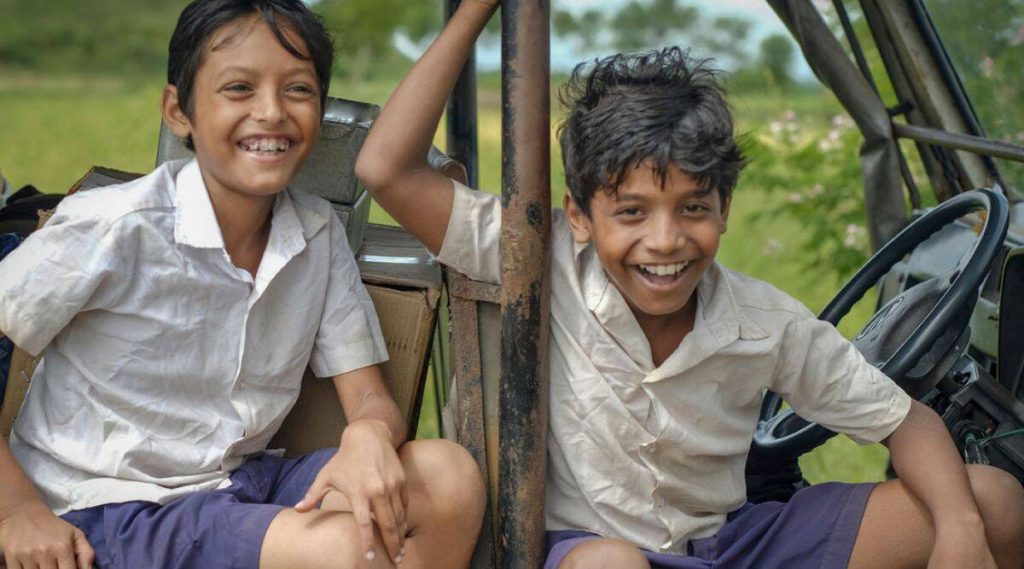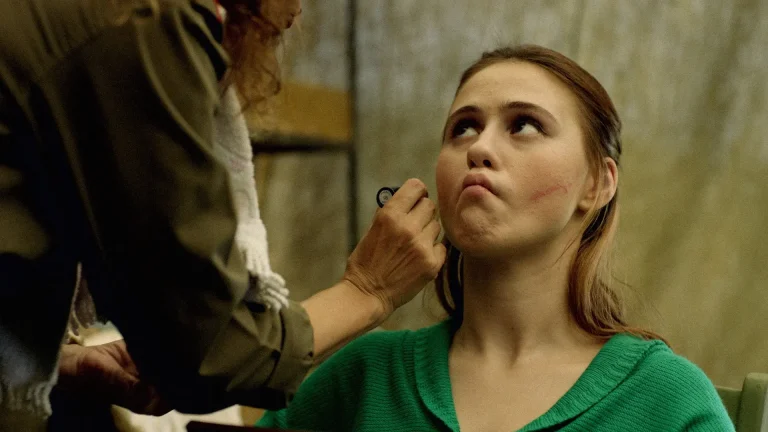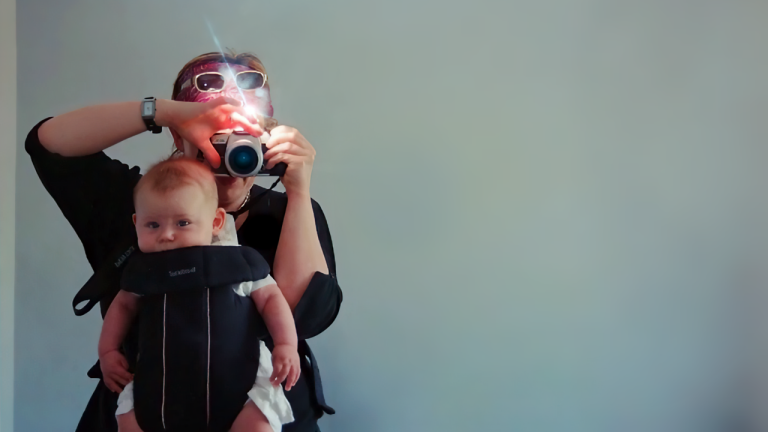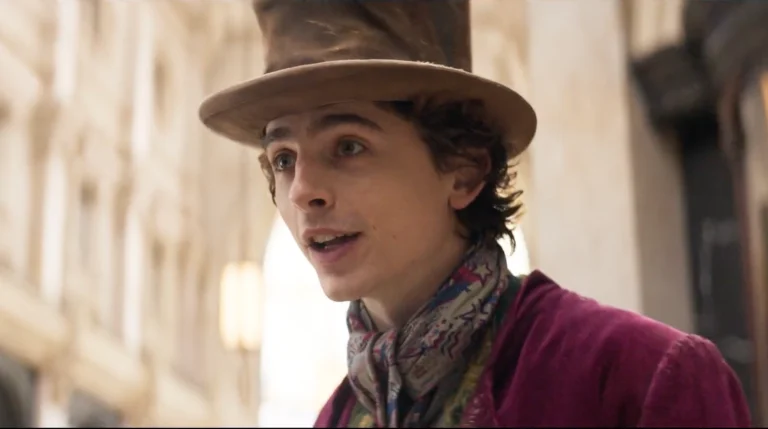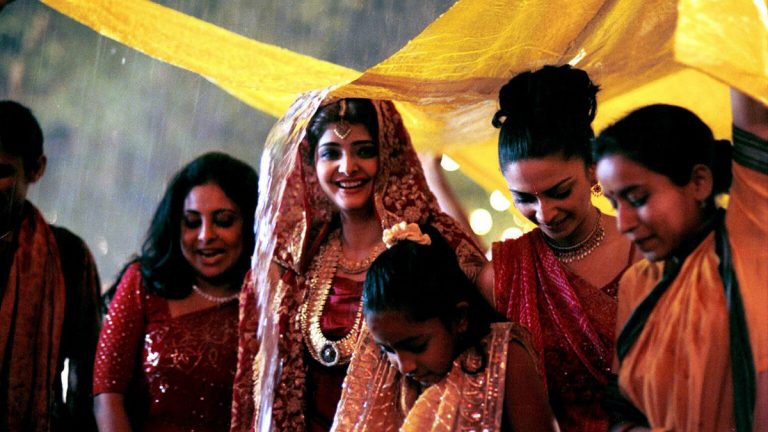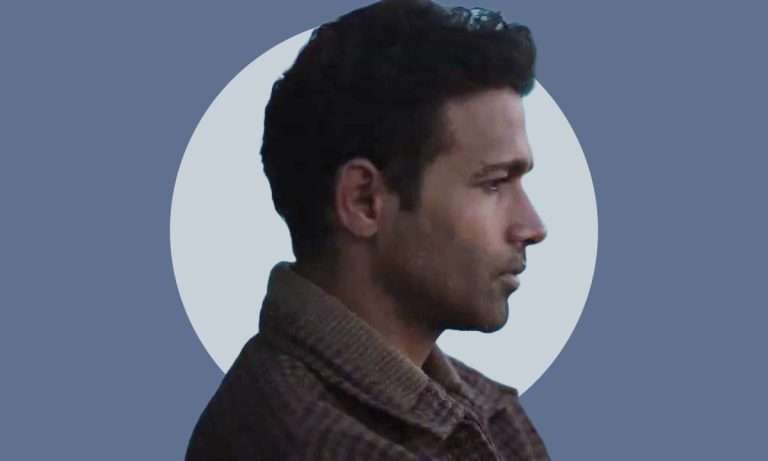Dostojee (2021) Review: Prasun Chatterjee’s ‘Dostojee (Two Friends)’ wants to capture the pain from the beginning. The pain spreads gradually, striking deep within the mind. But after the interval, the rhythm of the film had become haphazard. The direction in which the narrative of the first part was moving and the point it was supposed to reach are not what happened.
Some important films have been made in the past focusing on the destruction of the Babri Masjid, the Bombay blasts, and riots across the country. A few films, like Mani Ratnam’s Bombay (1995) or Saeed Akhtar Mirza’s Naseem (1995), were created around that time, and the films were made according to the demands of the time. So when I heard that there was going to be another film taking into account the aftermath of the Babri demolition, I naturally got excited.
The story of Dostojee (2021) revolves around a village on the India-Bangladesh border and the evolution of friendship between two children there. Palash (Asik Shaikh) and Safiqul (Arif Shaikh) live side by side in the house. They study at the same school. go to school together. Although Palash is good at studying, Safiqul does not like to study. They look at the poster of Bachchan’s ‘Deewar’. The two pose like Bachchan while taking pictures of themselves at the photo studio. Safiqul buys a kite and goes across the river with Palash. But while flying, the kite’s stick brakes due to Palash. The two friends are arguing about that. In anger, one says to the other, ‘I will not talk to you in life.’ Due to this, the two sit separately at school. Palash saves money and buys a kite for his friend. The lovely village gets affected by the religious fervor sweeping the country. The Muslim community of the village wants to build a mosque, while the Hindus want to build a temple. The elders of Palash and Safiqul’s families do not speak to each other; the two houses are separated by a fence. When Safiqul wants to drink water, Palash’s mother gives it to him in a separate glass. Safi’s father forbids Safi to go on Ram Yatra. Panic-stricken, Palash’s family decides to move to the Hindu-dominated area of Nadia.
I was fascinated from time to time in the first few moments. The narrative moves at a strange pace, which seemed very natural, without the slightest thought that the makers are trying to forcefully spoonfeed the simplicity of these two children. Such thoughts are not supposed to come, but they do because, in Bengali films and several other regional films, this problem still exists quite well. While making it aesthetically beautiful, cinema itself becomes miserable, random, and, above all, unnecessary. Dostojee (2021) doesn’t have any of those in the beginning; the film starts moving with a rhythm of its own. This rhythm is literally the inner rhythm of Murshidabad and the rhythm of Prasun’s own understanding of the medium. Several moments come to mind, such as the Ramayana-centric stage play and backstage scenes of Rama, Ravana, and Hanuman smoking cigarettes together. There is a subtle commentary.
There are many more such moments. In the entire village, when the communalism of the outside world is coming down on the elders, these two simple children are living their lives in their own way. Prasun wanted to say a lot in many ways and succeeded in doing so. Despite the many elements of laughter, a strange pain was spreading deep in the mind. There is an ideological war going on outside, and the friendship of two children of different religions in this village is a slap in the face of that war! The film was progressing with a very beautiful complementary flow. I am not saying whether the speed is fast or slow. This is the film’s own pulse—one that has been painstakingly created over the last seven and a half years.
But the beat of the second half takes a completely different turn and, in my personal opinion, fails to live up to the expectations of the first half. One can argue that this should happen! Because of the horrendous accident that occurs before the intermission, the subsequent narrative should be like this! The pace of the film should be calm; earlier there were two friends, now there is only one, and through him, the story will unfold! Yes, even accepting these things, I must say that the periodicity is broken. Unfortunately, the new mood of melancholy that was supposed to build up from the second half to the climax did not develop. Why would the film, which is so crisp, proper, and conscious at the start, want to drag out and show everything unnecessarily after crossing a certain stage? Safiqul is bitten by the caterpillar, and from then until the butterfly flies away, in all the sequences, the shot sense should have been tighter. I’m not saying show everything in a hurry; the flow has to be created, but the pace of events could have been planned to match the overall style instead of revolving around Palash’s family and Safiqul. After receiving the shock of the emotional aspect, something new should have been presented in front of the audience in a mature manner.
However, everything that is happening and will happen appears to be anticipated by the audience! And the film doesn’t go anywhere in the sense that, of course, it wants to focus on Sofiqul’s coming of age and the immortality of the two’s friendship, but it wasn’t meant to be! Where and why did the context—the religious frenzy that began to affect the world of the characters in the film—vanishes at the end? I feel pretty bad about it, to be honest. The audience’s expectations are created in such a way that, while reaching the climax, the commentary of the film is changing a lot. I did not expect it! At first, I kept thinking that the madness that had scarred the country’s various cities and towns, changing history forever, would be seen in the framework of a friendship between two children in remote areas of Bengal. But this is not the test of time; this is the story of friendship! But why will the evolution of friendship become so ‘repetitive’ at the end? To be honest, I was very disappointed to see the directionless pace of such wonderful work.
I want to discuss one thing in this context. This is Prasun and his team’s first film, and it represents a lot of hard work on their part. For the past seven years, the film has been created step by step. I hope everyone is aware of the journey. After many humiliations, hardships, complications, and desperate moments, ‘Dostojee’ has been made, and we are getting a chance to watch it on the big screen at the end of this year, in 2022. They are not failures by any means. Not a single bit of anyone’s effort is unnecessary. Kudos to the idea behind this film. I was very surprised to see the first part. Prasun gives the audience food for thought. Viewers are thinking about small things. But the second part of the film is relatively weak in many ways. Just like Ishaan Ghosh’s ‘Jhilli’, which was released on the same day, it became monotonous and one-dimensional after a while. Repetitive shots come in (airplanes taking off, etc.). Isaan’s overall commentary is therefore somewhat watered down. I will also say ‘Jhilli’ managed to maintain its momentum till the end (except for the last fifteen minutes), despite the mistakes. ‘Dostojee (2021) in that sense has taken on a different tone in the latter part. If the monotonous sadness of a friend’s separation is shown over and over again, it no longer has much meaning or depth. Shock value and mourning are all diluted in the audience’s mind.
Asik and Arif Sheikh, who played the roles of Palash and Safiqul, respectively, are two excellent assets to this film. The way these two young boys acted is something to remember. Tuhin Biswas’s camera work is quite solid and well-suited to the story. This film was edited by Sujoy Dutta Roy and Shantanu Mukherjee. The second half required more attention to editing. Colorist Manas Bhattacharya has portrayed the various layers of happiness and sadness very convincingly. Prasun Chatterjee is the narrator, screenwriter, director, and sound designer of this film. Great care has been taken in all aspects, but many things have been affected due to weaknesses in the screenplay.
Nobody claims that their efforts, hard work, and dedication were futile. Let’s talk about this film. Let’s all see. At the end of the day, Dostojee (2021) is an honest film. At least it is not evading the audience. This is why it is necessary to go and see ‘Dostojee’.

